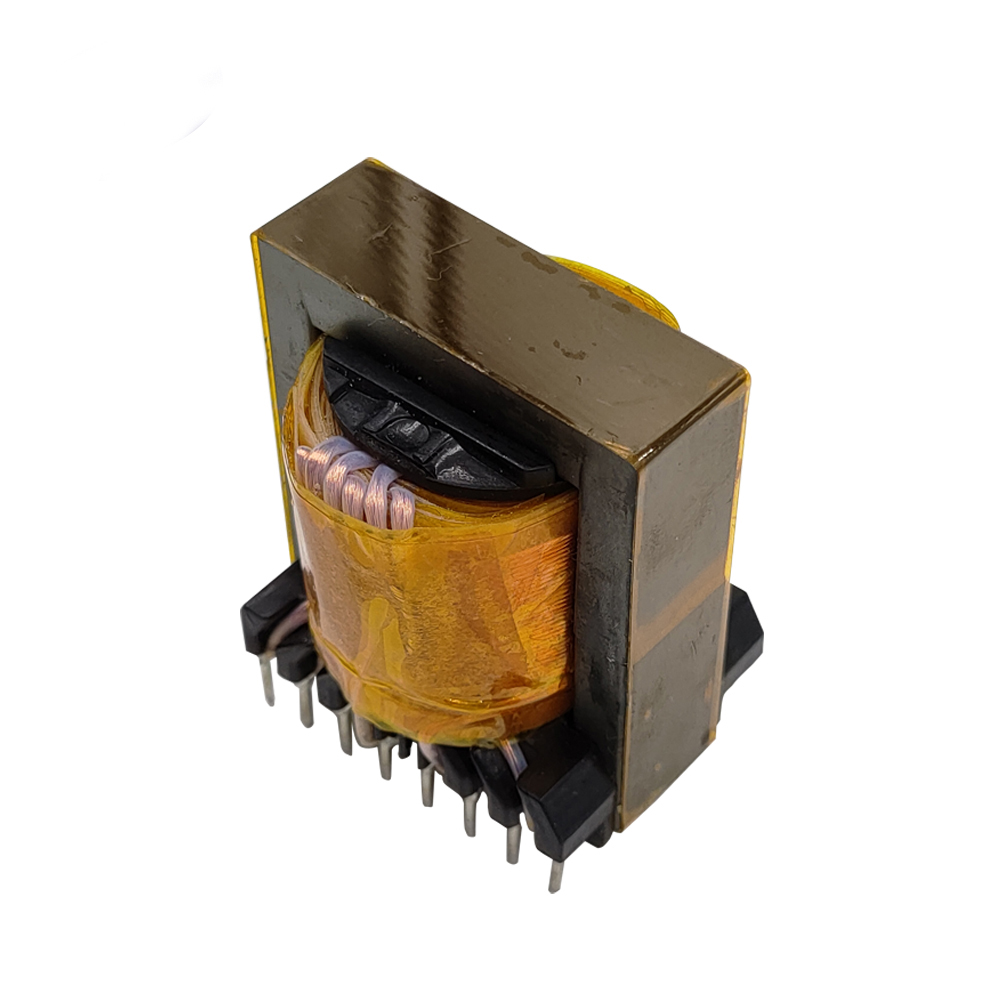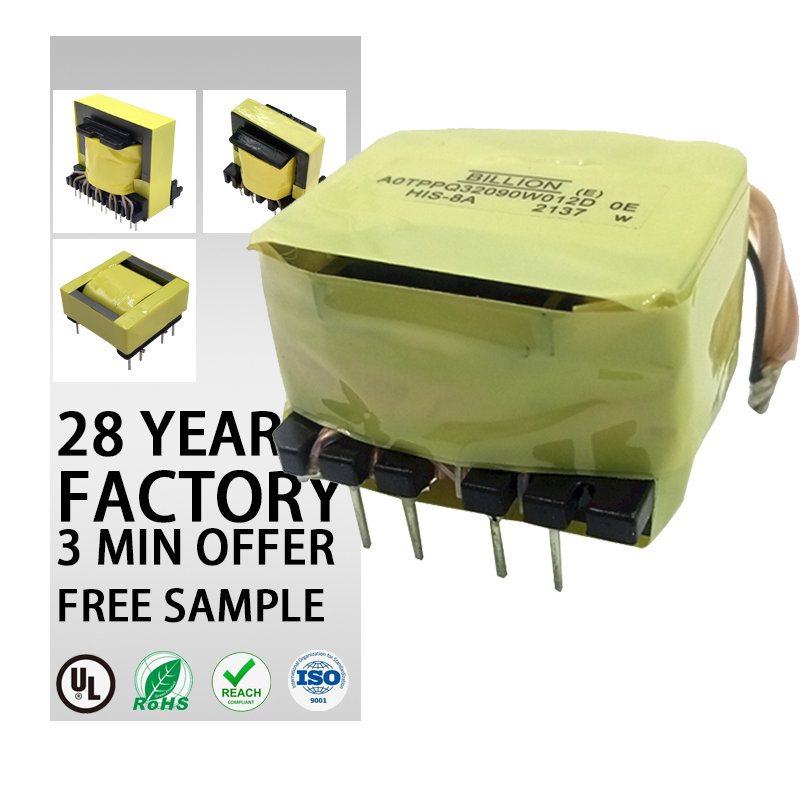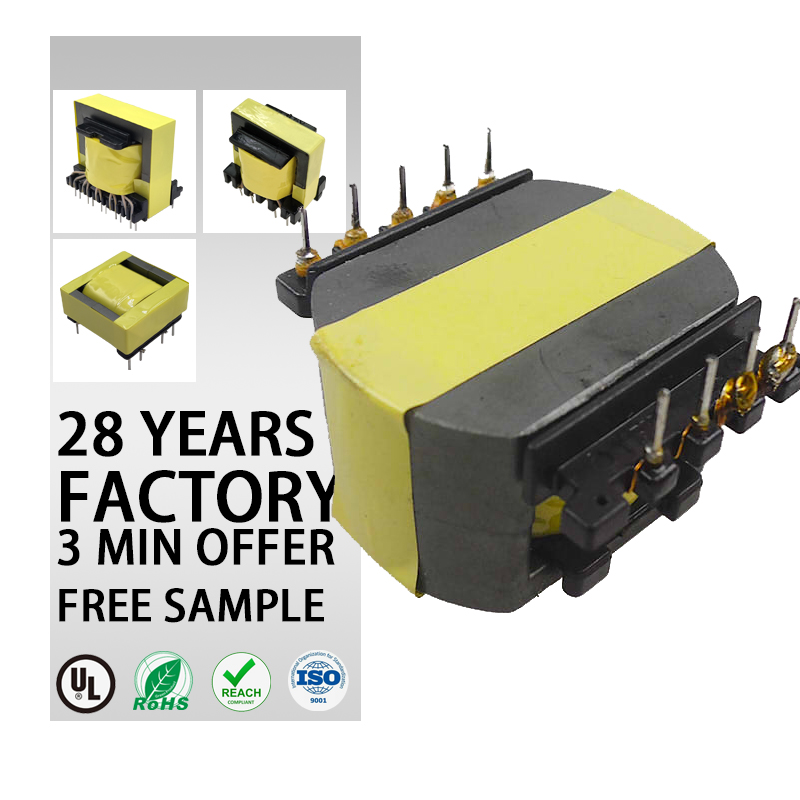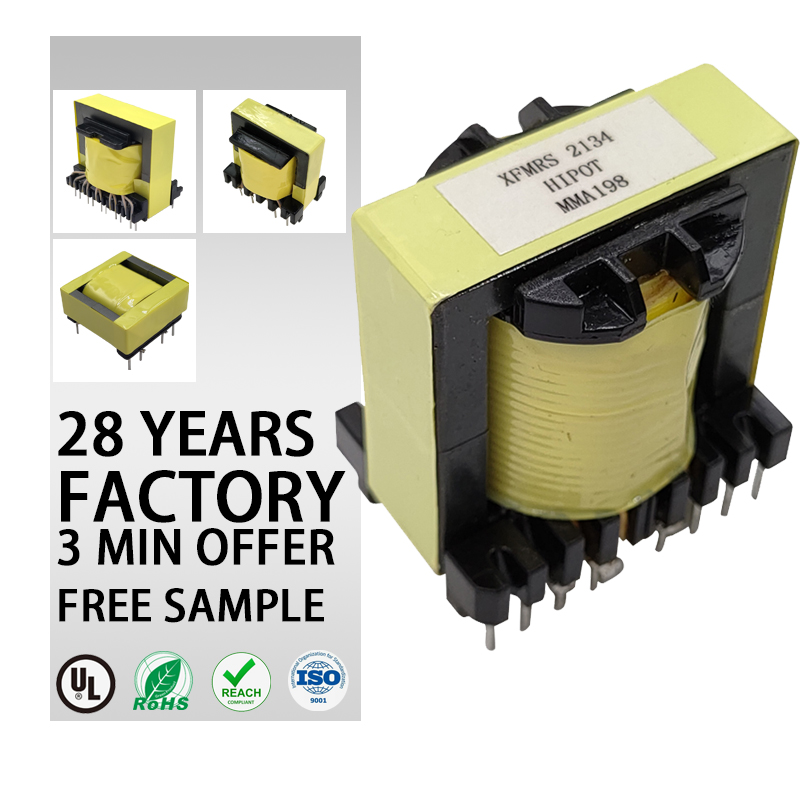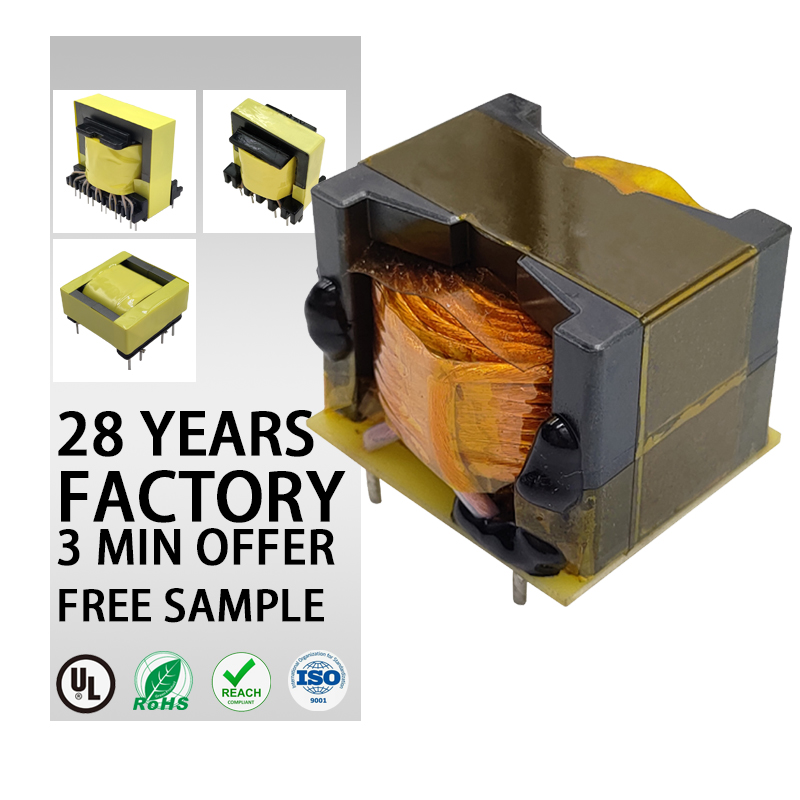How does a high-frequency transformer work?
A high-frequency transformer operates on the same principles as a conventional transformer but is designed to work efficiently at higher frequencies, typically in the range of several kilohertz to megahertz. The key components and working principles of a high-frequency transformer are as follows:
Core: Like traditional transformers, high-frequency transformers consist of a core made of ferromagnetic material such as iron or ferrite. The core provides a path for the magnetic flux generated by the alternating current passing through the primary winding.
Primary and Secondary Windings: High-frequency transformers have two sets of windings—primary and secondary—insulated from each other. The primary winding is connected to the input voltage source, while the secondary winding is connected to the load.
Magnetic Flux: When an alternating current flows through the primary winding, it generates a time-varying magnetic field around the winding. This changing magnetic field induces a voltage in the secondary winding due to electromagnetic induction, according to Faraday's law of electromagnetic induction.
Frequency: In high-frequency transformers, the alternating current applied to the primary winding oscillates rapidly, causing the magnetic flux in the core to alternate at a high frequency. This high frequency allows for smaller and lighter transformers compared to those used at lower frequencies.
Core Losses: At high frequencies, core losses such as eddy current losses and hysteresis losses become significant. To mitigate these losses, high-frequency transformers often use cores made of specialized materials optimized for high-frequency operation, such as ferrite, which has low eddy current losses.
Circuit Design: The design of high-frequency transformers involves careful consideration of factors such as core material, core shape, winding geometry, insulation, and cooling methods to optimize efficiency, minimize losses, and ensure reliable operation at high frequencies.
Overall, high-frequency transformers play a crucial role in various electronic devices and applications, including power supplies, inverters, converters, and high-frequency communication systems, where efficient energy transfer and compact size are essential.

